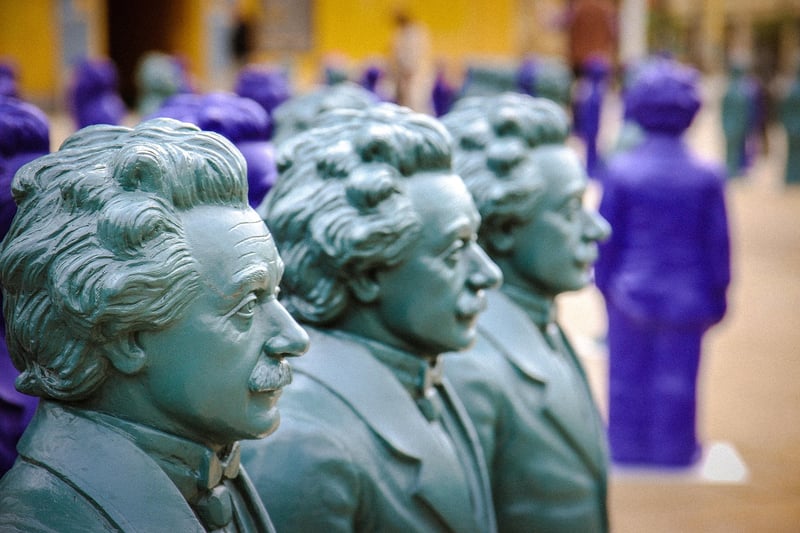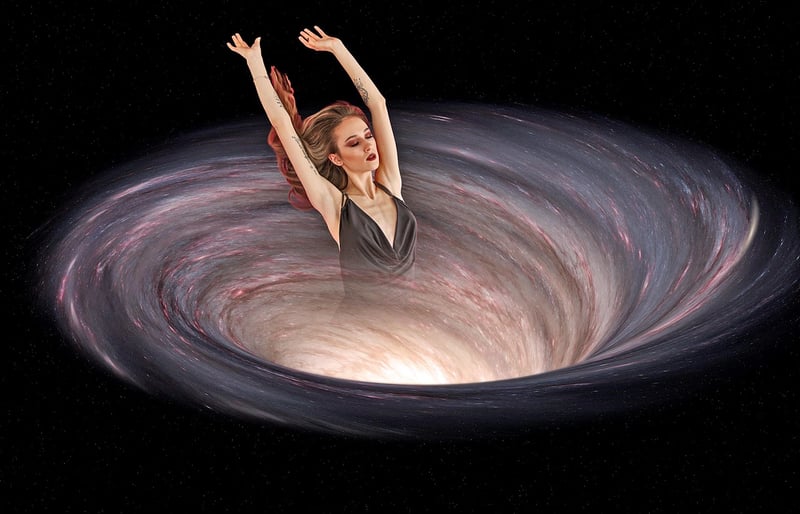Wormholes
The Science Behind Time Travel and Wormholes
Time travel has been a popular topic in science fiction for decades, but what does the real science say about it? Let's delve into the fascinating world of theoretical physics and explore the concept of time travel and the role of wormholes in making it possible.
Understanding Time Travel
According to Einstein's theory of relativity, time is not a constant; it can be stretched or compressed depending on the speed of an object and the strength of gravity. This forms the basis of the possibility of time travel.
Types of Time Travel
- Forward Time Travel: Moving ahead in time faster than normal.
- Backward Time Travel: Going back in time to revisit the past.
Wormholes: Theoretical Passageways
Wormholes, also known as Einstein-Rosen bridges, are hypothetical tunnels in spacetime that could create shortcuts for long journeys across the universe. These wormholes are believed to connect two separate points in spacetime, potentially allowing for time travel.
How Wormholes Work
Wormholes involve bending the fabric of spacetime to create a bridge between two points. By entering one end of the wormhole, a traveler could emerge at the other end in a different time or even a different universe.
The Challenges of Time Travel
While the idea of time travel is captivating, several challenges need to be overcome, such as:
- The creation of stable wormholes.
- Preventing paradoxes like the grandfather paradox.
- Understanding the energy requirements for time travel.
Conclusion
Time travel and wormholes remain theoretical concepts in the realm of physics, but they spark our imagination and push the boundaries of what we know about the universe. As scientists continue to explore these ideas, who knows what discoveries the future may hold?
For more fascinating insights into the world of science, check out Space.com.


